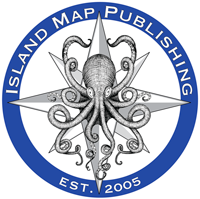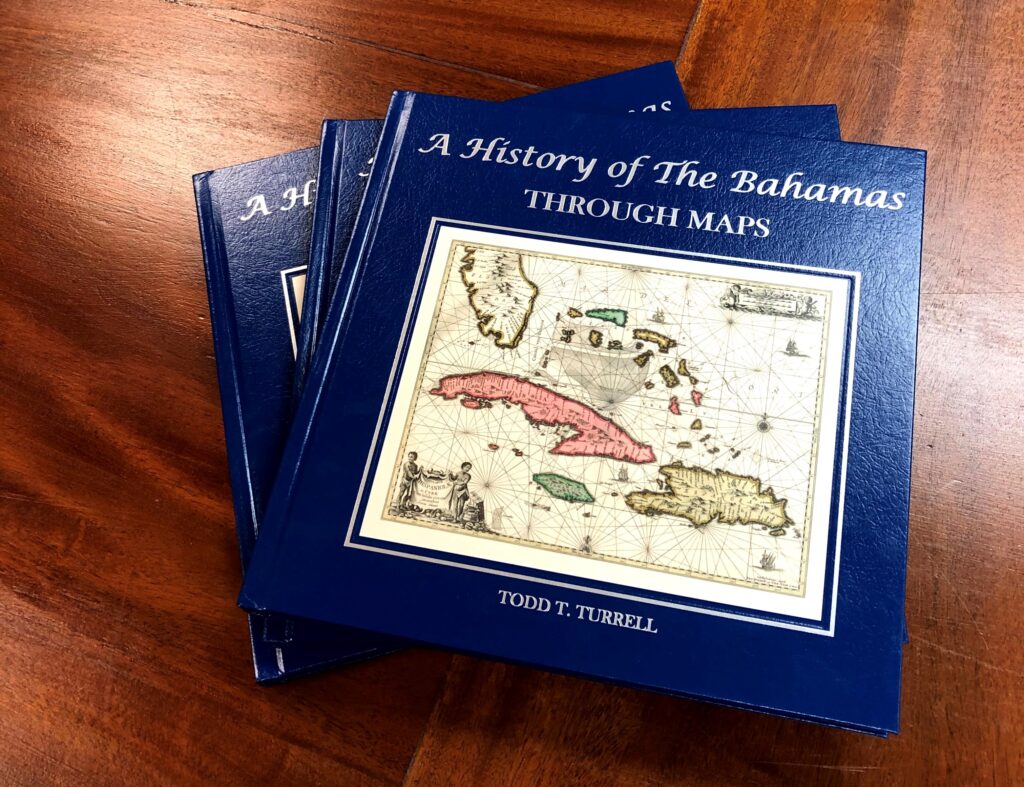The History of Eleuthera in the Bahamas
The Bahamian island of Eleuthera is a beautiful destination with miles of remote beaches and sports that I love including deep sea fishing, scuba diving, snorkeling and exploring. To me Eleuthera means driving the length of the island and visiting the many old settlements inhabited by friendly people.
First inhabited by Lucayan Indians, Spanish explorers came upon the island in the late 1400s and by the early 1500s had enslaved them to perish in the silver and gold mines of Hispaniola (today Haiti and the Dominican Republic).
In 1648 colonization of The Bahamas began on the north shore of Eleuthera where the “Eleutheran Adventurers” came from Bermuda with religious freedom as the driving force. They named the island “Eleutheria” after the Greek word for Freedom. The colonists survived on fish, turtle, conch and trade goods they collected from the sea including dye woods, ambergris from whales and items salvaged from wrecks along the coast. They soon spread out to start today’s settlements in Spanish Wells and Harbour Island.
The late 1700s saw an influx of British Loyalists who were fleeing the new United States of America after losing the Revolutionary War where they had remained loyal to King George. The Loyalists started plantations with the slaves they brought but failed to recreate the wealth they had in America and most eventually left, leaving their slaves behind. Eventually pineapples became the top crop of Eleuthera and by the mid-1800s exports to England and the United States soared. More than 200 sloops and schooners would sail every morning from Harbour Island to north Eleuthera where plantations of pineapples fed the international market. In 1872, 1.5 million pineapples were shipped from Harbour Island alone.
In the 1950s an auxiliary U.S. Air Force base and missile tracking station opened on Eleuthera, part of several such bases in the Bahamas. The 1960s and ‘70s were grand days with Hatchet Bay Farm producing milk and eggs while second homes were being built on Harbour Island, Windermere and in other areas. The Cotton Bay Club had a golf course, as did Cape Eleuthera, with movie stars and celebrities flown in to entertain. The French Leave Club (later renamed Club Med) and a large Italian resort attracted French and Italian tourists along with the English and a growing American crowd. Juan Trippe, president of Pan Am Airlines, expanded Rock Sound’s airport to accommodate jets from New York and Miami. Planes from England, France and Italy could also come directly into Eleuthera. Princess Diana and Prince Charles vacationed on Windermere with other royalty and celebrities, playboys and jet setters. Eleuthera was the place to be.
Unfortunately, things began to decline, and by the early 1970s many of clubs closed. By late ‘70s drug smuggling had become a problem because of the Bahamas close proximity to the U.S. Today smuggling in the Bahamas has largely subsided and Eleuthera is a safe place to be.
There are any small resorts and guest houses in Eleuthera to choose from, endless miles of white and pink beaches to walk upon, and plenty of kind natives to help you enjoy the endless activities on the island and around the sea.
To learn more about history of Eleuthera and other islands in the Bahamas, check out A History of The Bahamas Through Maps. The book and custom map of Eleuthera can be purchased online at this website. Questions? Please call us at 239-963-3497.
Artistic maps that invoke your favorite memories.
Whether it’s an 18″ x 24″ glossy poster or a 32″ x 42″ extra large fine art canvas, our maps are conversation starters and the perfect launching pad for your best stories.


